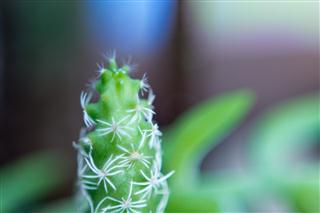I recently started playing with reverse macro with my canon 50mm f1.8. A couple things I noticed immediately is:
- Shallow depth of field
- No control over aperture
- difficult to shoot handheld
I believe these are the common problems with this type of shooting
Are there any techniques that I can use to improve/help with Reverse Macro shooting besides buying a Macro lens as they are kind of expensive.
Here is what I've tried so far

ps. I have read Are there macro focusing techniques for handheld shots? but focusing isn't really a problem.

